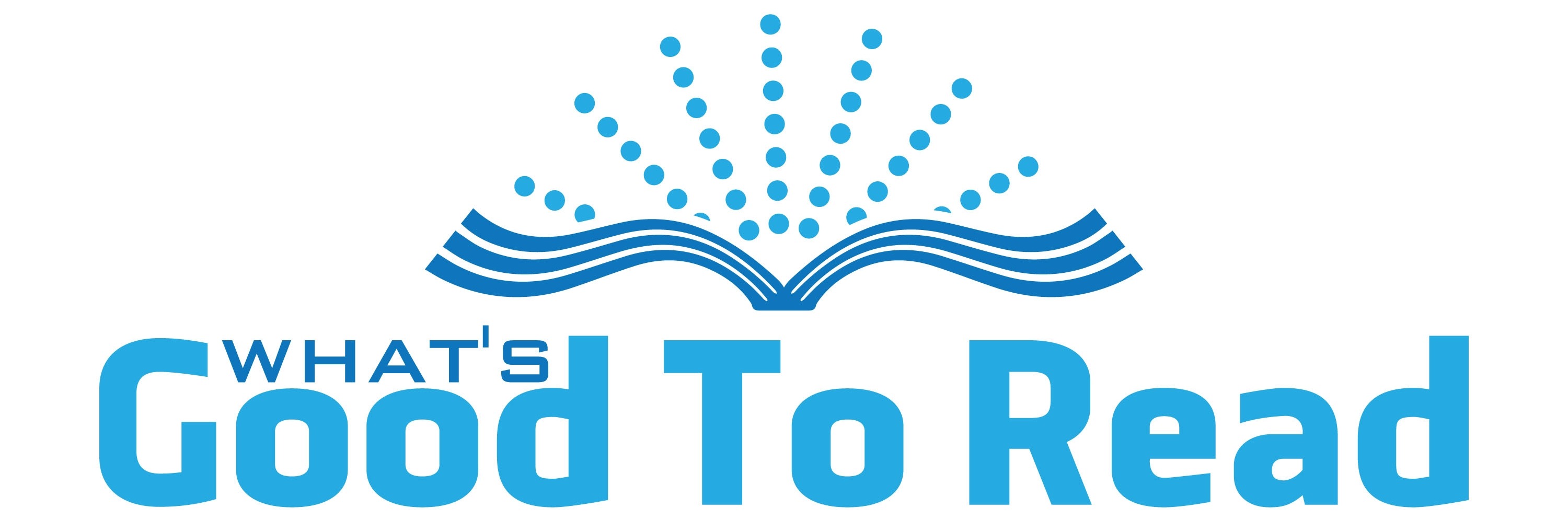
Reading is not important, is it? Yes, it is as it will be the base for learning, speech and vocabulary, understanding and yes, even enjoyment.
As part of growing up and part of their education, children should be encouraged to read. That doesn’t just mean once they have learned to read but starts with reading them bedtime stories; hearing the words and stories will help stimulate their imaginations whilst helping to develop their language, communication and listening skills. It is recommended that children should read, or be read to, at least 10-15 minutes a day and that can have huge benefits for their education and their life. There is no activity more important than reading with your children from a young age.
A love of reading will not only help children to improve their language skills with hearing how words are formed and pronounced and learning new words but can help develop a deeper a knowledge of the world around them and encourages them to asks questions.
But picking up books for children can quite a daunting task, there as so many books that it can be difficult to know where to start. There are board books, pictures books, early readers, chapter books, junior fiction, middle grade readers, and YA titles – how do you get books that are right for their age and reading ability?
BOARD BOOKS are aimed at children from birth to about 3 years old and generally have approx. 0-100 words and plenty of colourful images.
PICTURE BOOKS are aimed at children from 2 to 8 years old and generally have approx. 50-1,000 words (about 32 pages). Whilst these books to have words they use pictures to primarily tell the story. Themes in picture books are usually related to emotional intelligence (empathy, forgiveness, kindness), relationships, social connections, and morals. These are generally fun and are excellent for bedtime reading, especially with titles such as How Do You Do, Mr Gnu? written by Billy Coughlan and illustrated by Maddie Frost – a story all about politeness and good manners.
EARLY READERS are aimed at children aged 5-9 years olds who are just starting to read properly for themselves. These books generally have between 200 and 1,500.
CHAPTER BOOKS / JUNIOR FICTION BOOKS are aimed are children from 7-9 years old and contain between 8,500-15,000. Junior Fiction books are more complex are longer than books children may have previously read, therefore broken up into chapters for easier reading and have themes of adventure, fun, friendship and persistence, featuring titles such as Teachers on Pluto by Lou Treleaven.
MIDDLE GRADE READERS are books generally aimed at children between the ages of 8 and 12 years old. These books will have somewhere between 20,000 to 50,000 words and usually the main character(s) relate to the age range of the reader. Middle Grade Readers feature themes of adventure, sibling rivalry, friendships, growing up and becoming attracted to others. With titles such as Audrey Orr and the Robot Rage by Jenny Moore, they really do grab the attention of young readers.
TEENS / YA (YOUNG ADULT) and NEW ADULT BOOKS are aimed at the 12-18 years old and the 18-25 years old markets. These books are more complicated chapter books with around 40,000 to 80,000 words. This category of books can be from any genre but generally feature themes of high-stakes adventure, romance, coming of age, melodrama, plenty of emotions coupled with teenage angst and even a dystopian society. Since 2009 YA books includes a relatively new category called New Adult. These are for the 18-25 year olds with the content focusing on topics like leaving home, going to college or deciding on a career, and exploring sexuality.
Whilst the focus of YA books are on coming-of-age themes and dystopian fantasy that are perfect for teenagers (they also cover romance, emotions and sexuality), these books are often enjoyed by adult readers too (with books like The Hunger Games and Miss Peregrine’s Home for Peculiar Children appealing to the adult market, who wouldn’t be engrossed by them? I know as as adult I have really enjoyed them).
“A children’s story that can only be enjoyed by children is not a good children’s story in the slightest.” – C.S. Lewis
Even once children have learned to read and are independently reading it is still good to read with them occasionally, just as a bonding experience and also to see how they are doing, if they are comprehending the stories, if the books that they are reading are too easy and they need pushing to the next level etc.
When children become independent readers and develop a love of books and reading it will enrich their lives. Reading will expand their minds as well as speech, language and communication skills as well as building their knowledge (and knowledge is power!). Reading will also help them relax with a good leisurely pastime. As adults, taking the time to sit down with a good book is the perfect way to relax and de-stress.
Encourage your children to read and have a love of books. There are plenty of excellent authors out there for every style and interest.
Let us know in the comments box below how you encourage your children to read and if they have developed a love for books? Have they found the right books for them yet?








